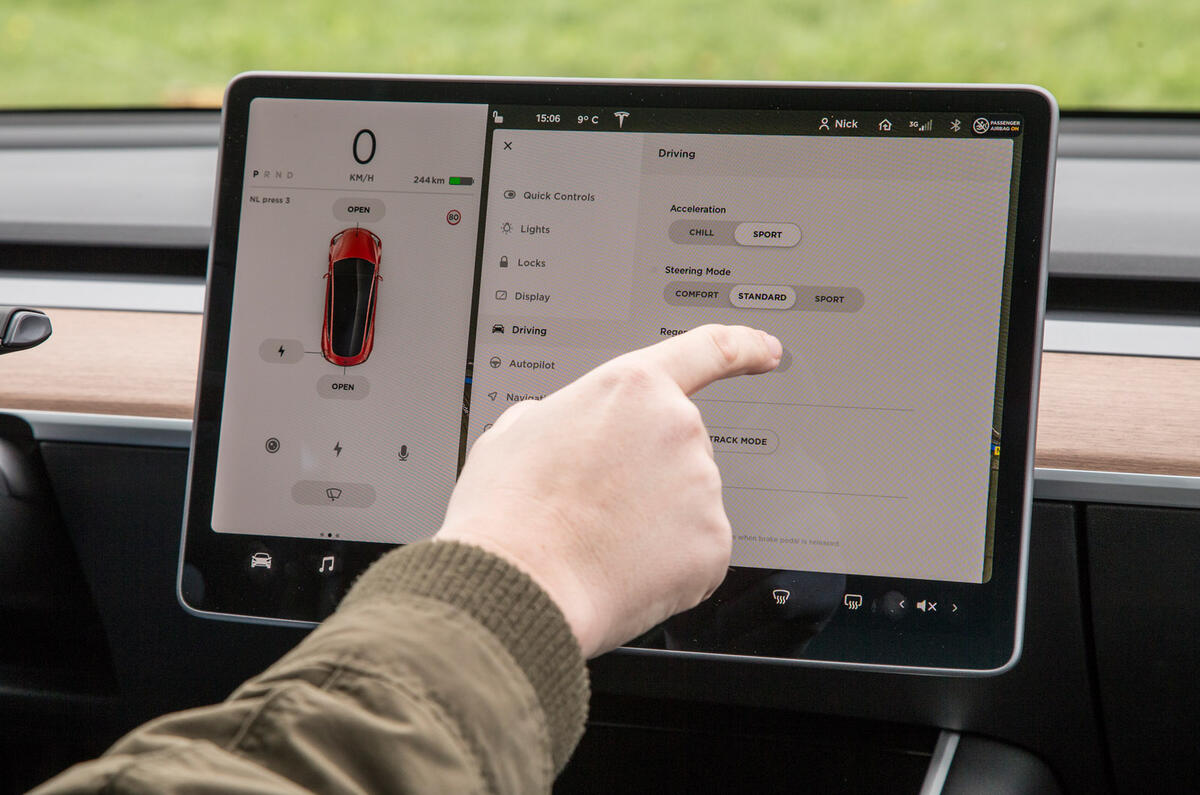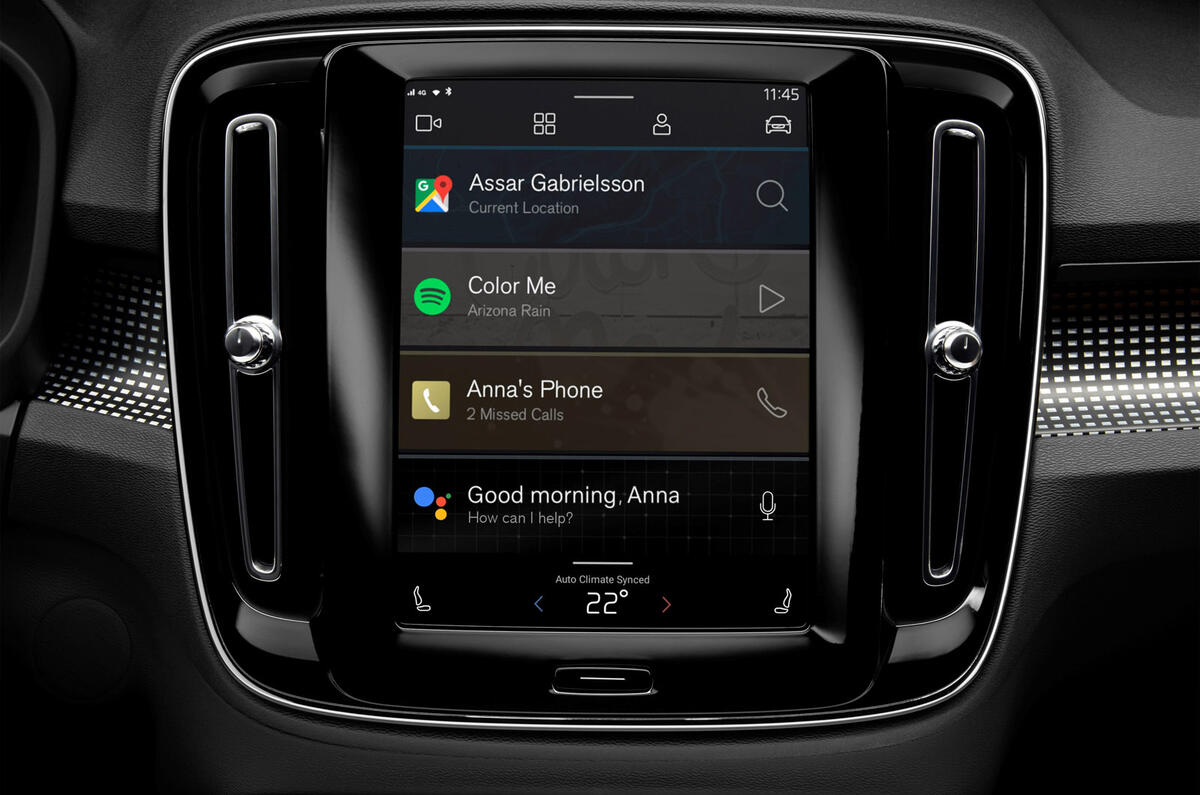It’s hard to find a new car with a dashboard that isn’t dominated by a large infotainment touchscreen – increasingly at the expense of physical buttons and dials. Tesla may still be the most extreme proponent, but the trend is reflected across the whole industry.
The growing size of touchscreens is linked directly to their increasing use in all aspects of society. Melanie Limmer, the electronics boss for the new Audi A3, said the decision to remove some physical buttons from that car was because “more and more people are getting into touch functions with smartphones”.
Although many car infotainment screens retain physical controls as well, an increasing number don’t – and the rise of touchscreen-only interfaces has led to questions about how safe they are. There are concerns that large screens can cause a distraction and that, without the tactile response of a physical button to assure users they’ve selected the right option, drivers are more inclined to look away from the road to operate them.
Still, the growth in the size of touchscreens is a boost for safety, according to Matthew Avery, director of research at leading UK automotive safety body Thatcham Research.

“Large infotainment screens are not necessarily an issue, because they allow for bigger icons and less crowded displays,” he said. “Small screens with fiddly icons are a greater concern.”
Avery also said the latency of such systems is crucial: “Screens must be as responsive to touch as you would expect a smartphone to be. Clarity and user interface commonality across vehicles is also fundamental, allowing drivers to more instantly recognise the icon they intend to press.”
Avery cites the Apple CarPlay and Android Auto smartphone mirroring systems as key to that, because they work the same across every model of car. They also replace any need for drivers to use smartphones while driving.


















Join the debate
Add your comment
I mean sure, but...
Touchscreens are the best interface we have for things you should do when stationary, such as changing music sources (i.e. spotify playlist) or setting up your maps destination, etc.
What touchscreens are absolytely ABYSMAL at are things you might need to do while the car is moving. Changing the AC temperature for example, or turning down/switching off the radio, the new Teslas even have most of their WIPER CONTROLS on the f-cking touchscreen! This is ridiculous and needs to end. Buttons and knobs engage more than one of your senses and as such can be operated through touch alone. THIS IS A HUGE ADVANTAGE WHEN YOU NEED TO KEEP YOUR EYES ON THE ROAD!!! Did none of these people ever consider the safety aspects of that?
Oh, and the few buttons that are left? They're as good as useless on many cars! I drove a 2019 1-series for a day and its AC controls consisted of a row of switches that all look and feel the same! In contrast, my old Toyota might not have dual zone climate control, but I can feel and operate every single control without looking and without second guessing whether I'm pressing the right button. THAT is good design and it's what's missing from new cars.
Put it this way - there's a very good reason why most controls on ships and aircraft STILL have switches. Both of these industries have had the financial and technological backing to move to touchscreens since probably the '80s and they haven't. There's a very good reason for that!
Stupid and dangerous
Autocar, you say about touchscreens, "drivers are more inclined to look away from the road to operate them." Inclined??? Can you really not come out and say it straight? A touchscreen requires the user to look at it -- and therefore NOT look at the road. It's fundamentally stupid -- and dangerous -- in a moving vehicle. Marketing trumps safety. Period.
Distracting, confusing, unreliable, expensive, time consuming...
....and unnecessary. I want to drive a car, not be forced to use a computer as well as trying to drive at the same time - I'm forced to do that for everything else I do, from cooking my dinner to watching the TV.
Unwanted / intrusive / insecure / unreliable tech is driving me insane!